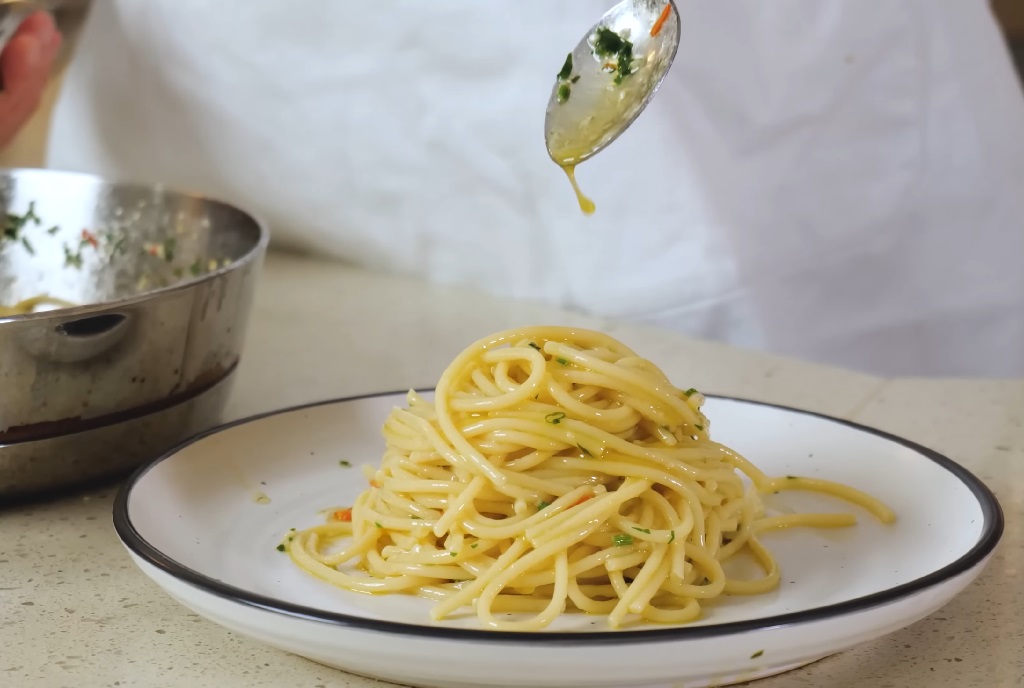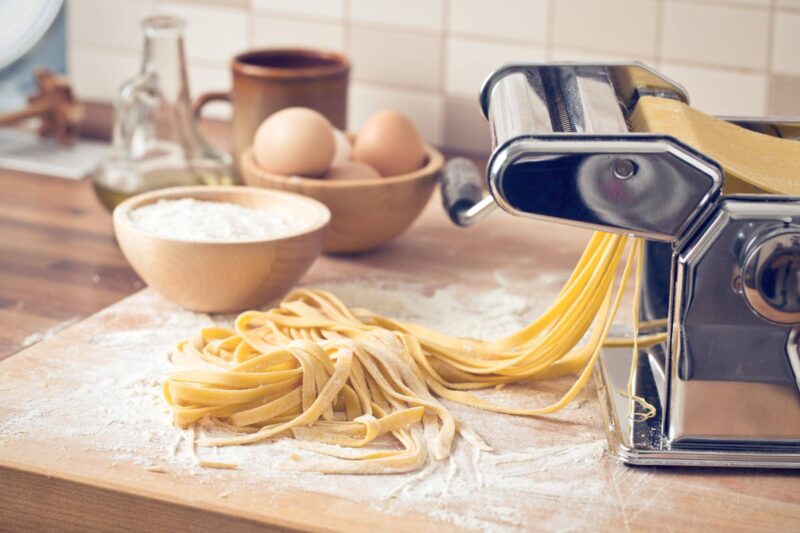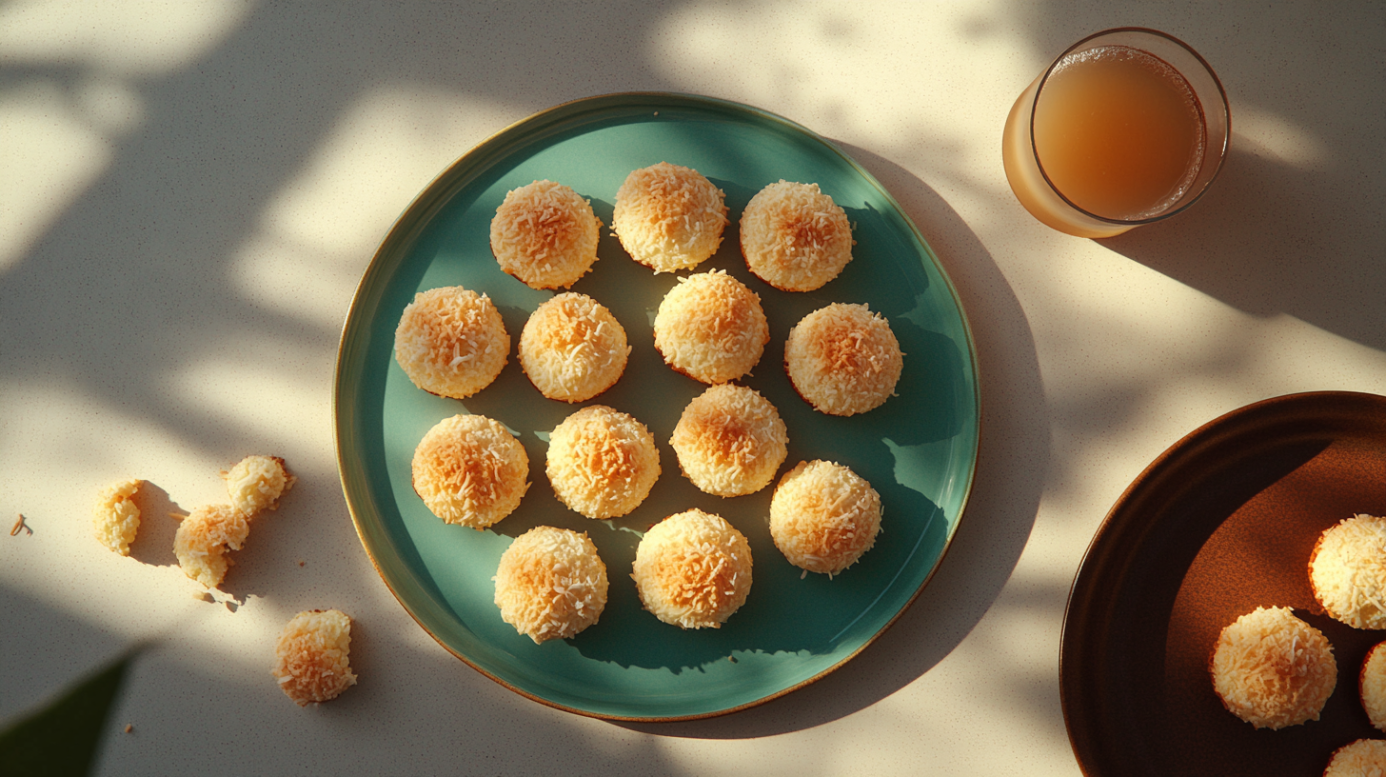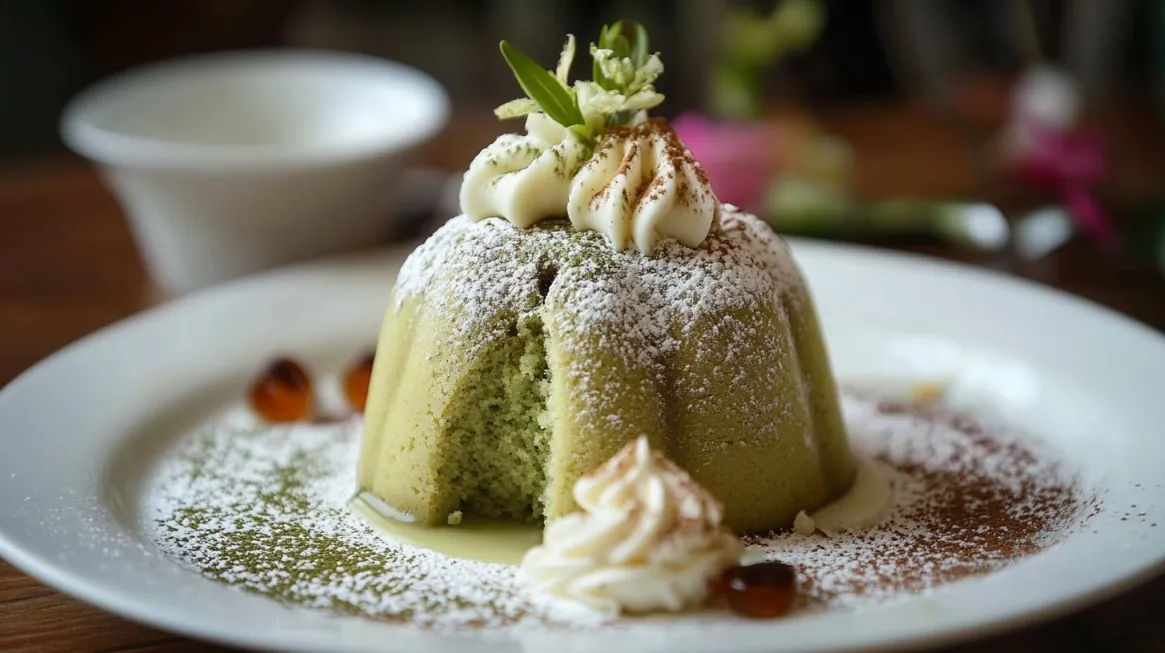Let’s be honest—making homemade pasta might sound like something only your Nonna or a Michelin-starred chef would bother with. But here’s the deal: once you do it, you’ll never look at a box of dried spaghetti the same way again.
It’s about getting your hands dirty, feeling the dough come together, and creating something simple yet extraordinary from flour and eggs. This recipe is as real as it gets, no shortcuts, no pretense. Just you, a rolling pin (or pasta machine if you’re fancy), and the most satisfying plate of pasta you’ll ever eat.
Toss it with a rich tomato sauce, a silky Alfredo, or just butter and Parm—this is the stuff food memories are made of. Let’s roll (literally).

Table of Contents
ToggleItalian Homemade Pasta Recipe
Equipment
- Large mixing bowl
- Fork or whisk
- Clean countertop or large wooden board (for kneading)
- Rolling pin or pasta machine
- Knife or pasta cutter
- Clean kitchen towel
- Large pot (for boiling)
Ingredients
- 2 Cups All-purpose flour or “00” flour (preferably)
- 3 Large eggs (room temperature)
- ½ Tsp Salt (optional)
- Semolina flour or additional all-purpose flour (for dusting)
Instructions
- Prepare the Dough:Place the flour on a clean countertop or in a large bowl. Make a well in the center.Crack the eggs into the well and add the salt, if using. Use a fork or your fingers to whisk the eggs, gradually incorporating the flour from the edges.Once the mixture becomes too thick to mix with a fork, start using your hands to bring it together into a shaggy dough.

- Knead the Dough:Knead the dough on a floured surface for about 8–10 minutes, until it’s smooth, elastic, and slightly tacky but not sticky.Wrap the dough in plastic wrap or cover with a clean kitchen towel and let it rest for at least 30 minutes at room temperature. This step allows the gluten to relax and makes the dough easier to roll out.

- Roll Out the Dough:Divide the dough into 2–4 portions for easier handling. Keep unused portions covered to prevent drying out.Roll out each portion with a rolling pin or pass it through a pasta machine, starting at the widest setting and gradually moving to thinner settings until you reach your desired thickness (usually around 1–2 mm for most pasta types).

- Cut the Pasta:For tagliatelle, fettuccine, or similar shapes, lightly flour the rolled-out dough, fold it loosely, and slice into strips of your preferred width. For lasagna sheets, cut into rectangles.Dust the cut pasta with a bit of semolina or flour to prevent sticking.

- Cook the Pasta:Bring a large pot of salted water to a rolling boil. Add the pasta and cook for 3–5 minutes, depending on thickness. Fresh pasta cooks faster than dried pasta.Drain and toss immediately with your sauce of choice.

Video
Notes
- Flour Matters: If you can get “00” flour, use it for a silkier dough, but regular all-purpose flour works fine too.
- Resting Time: Don’t skip the resting period—it’s crucial for easy rolling and a tender final texture.
- Kneading: If the dough feels dry, add a few drops of water. If it’s too sticky, sprinkle on a bit more flour.
- Storage: If not cooking immediately, shape the pasta into nests and let it air dry slightly before storing in the fridge for up to 2 days or freezing for later.
Now, Let’s Talk About Sauces
Sauces can make or break your pasta. You didn’t just knead dough for 10 minutes and roll it out like a champ to drown it in some gloopy jarred nonsense. No. You deserve better, and so does your pasta.
Tomato Sauce

That’s your workhorse. A good marinara is like an old friend—easy, reliable, and doesn’t try too hard. Just tomatoes, garlic, olive oil, and maybe a little basil. Keep it clean. You don’t need 40 spices in there like you’re hosting a chili cook-off.
Cream Sauces
I know, they’re indulgent, but don’t get carried away. Alfredo? Sure, but make it right. Butter, cream, Parm. That’s it. No shortcuts, no guilt. And if you’re feeling bold, toss some sautéed mushrooms in there. Boom, you’ve leveled up.
Oil-Based Sauces

Aglio e Olio is pasta in its purest form. Garlic, olive oil, and a hint of red pepper flakes. It’s humble but hits like a freight train when done right. Or go pesto—make it fresh, for the love of carbs. Basil, nuts, olive oil, and cheese. It’s vibrant, it’s alive, and it’ll blow canned sauce out of the water.
Meat Sauces

This is where things get serious. A slow-cooked Bolognese will have your neighbors knocking on the door. Layers of flavor, hours of simmering, and the perfect pairing for thicker cuts like pappardelle. Want to go all-in? Try a short rib ragù. It’s rich, it’s unapologetic, and it’s worth every second.
Also, here’s the golden rule: less is more. Fresh pasta isn’t a plate for your sauce to lounge around on. It’s the main act. Toss it gently, coat it evenly, and let the sauce play a supporting role.
FAQs
1. Can I use gluten-free flour for homemade pasta?
Yes, but it requires some adjustments. Gluten-free flours like rice flour or almond flour lack the elasticity that gluten provides. To mimic the stretchiness, you’ll need to add a binding agent like xanthan gum or use a pre-mixed gluten-free flour blend designed for pasta-making. Expect the dough to feel a little different, but it’s absolutely doable.
2. What’s the best way to store fresh pasta if I’m not cooking it right away?
Fresh pasta can be stored in the refrigerator for up to 2 days. Dust the strands or shapes with semolina flour to prevent sticking, and arrange them in loose nests on a parchment-lined tray. For longer storage, freeze the pasta in a single layer on a tray until solid, then transfer it to an airtight container or freezer bag. It’ll last up to 2 months.
3. How do I fix pasta dough that’s too dry or too sticky?
- Too Dry: Sprinkle a small amount of water, a teaspoon at a time, and knead it in until the dough comes together.
- Too Sticky: Dust with a bit of flour and knead until it stops clinging to your hands or the surface.
The goal is a smooth, elastic dough—adjust slowly and carefully to get there.
4. Can I make homemade pasta without eggs?
Absolutely! Eggless pasta is common in many Italian regions. Replace the eggs with water, using about 1/2 cup for every 2 cups of flour. The dough will have a slightly different texture and taste but is just as delicious and works great for shapes like orecchiette or pici.
5. What’s the secret to pasta that doesn’t stick together when cooking?
A few things:
- Use a Big Pot: Give your pasta plenty of room to move.
- Salt the Water Generously: This helps season the pasta and prevents clumping.
- Stir Immediately: As soon as you add the pasta to boiling water, stir it to separate the strands.
- Don’t Overcook: Fresh pasta cooks quickly—keep an eye on it and taste-test often.
Final Thoughts
Here’s the bottom line: pasta isn’t rocket science, but it’s personal. It’s not about following every step perfectly or using the fanciest tools. It’s about showing up, doing the work, and eating something that tastes way better because you made it.
Yeah, it takes some effort. So what? Good things usually do. The satisfaction you’ll feel when you pull that first strand of fresh pasta out of the boiling water and toss it in sauce? Nothing beats it. This isn’t about being a chef; it’s about making food that’s real.
So stop overthinking, stop scrolling, and get rolling.
Related Posts:
- Pasta with Garlic and Olive Oil (Pasta Aglio e Olio)
- 6 Simple Steps to Preserve Homemade Salsa – Keep It…
- Homemade 5-Ingredient Marshmallows: A Quick and…
- Steak Pizzaiola with Fettuccine Pasta Recipe (With a…
- Viral Tiktok Baked Pasta Recipe (With Mozzarella…
- How to Make Air Fryer Tortilla Pizza (Easy Recipe)








